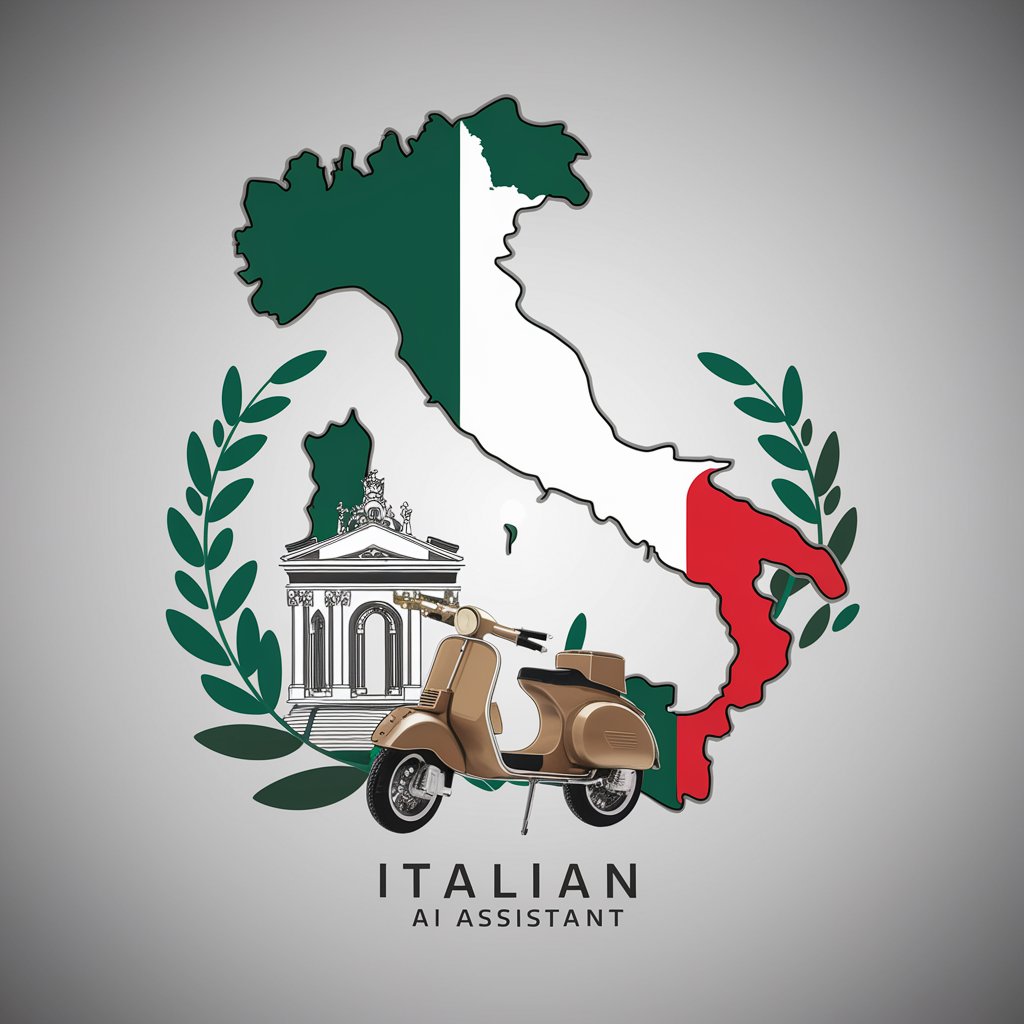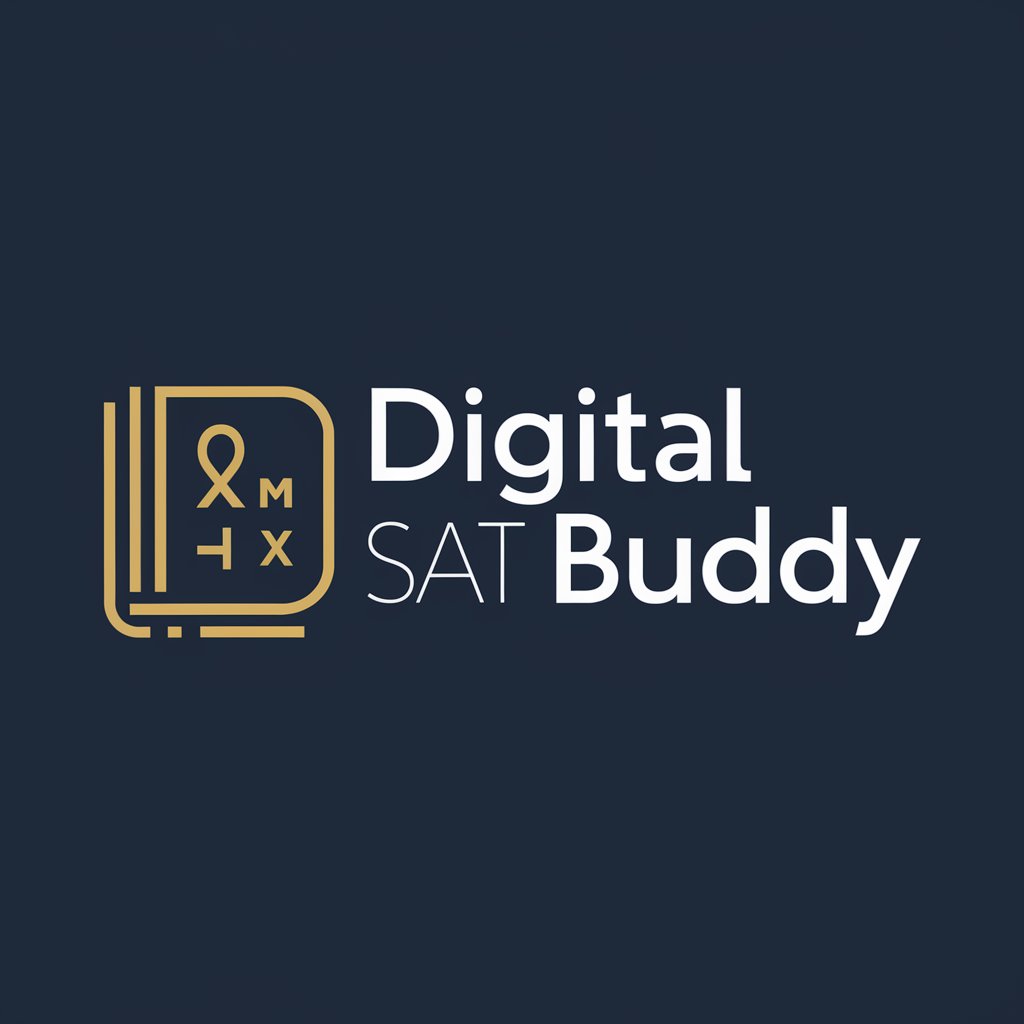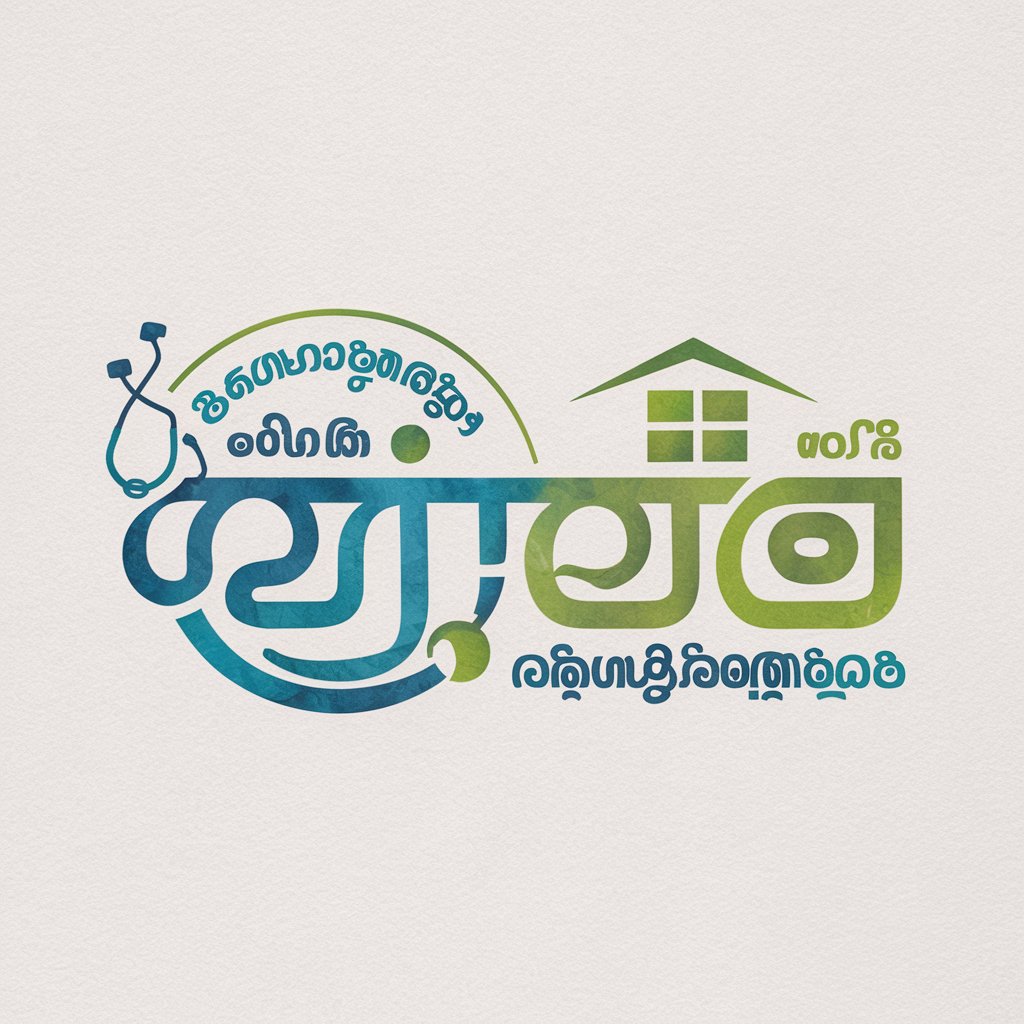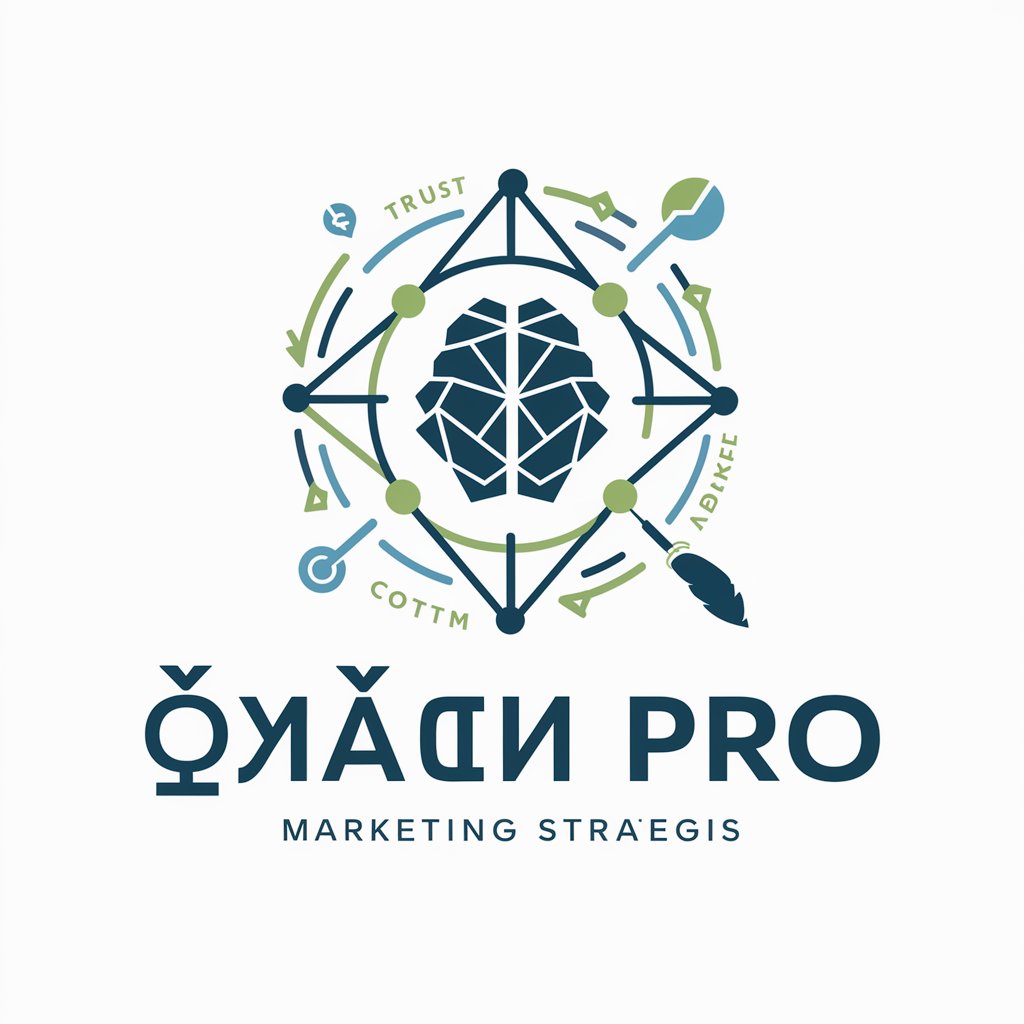Italian - Italian Language Mastery

Benvenuto! Ready to explore Italian language and culture?
Unlock Italian with AI-driven insights
Translate the following English text to Italian:
What are some interesting facts about Italian culture?
Can you explain the difference between formal and informal Italian greetings?
Provide a list of resources for learning Italian effectively.
Get Embed Code
Introduction to Italian
Italian, as a specialized version of ChatGPT, is designed to serve as a comprehensive resource for everything related to the Italian language, its culture, and the regions where it is spoken. This GPT variant offers an array of services including translations between Italian and other languages, insights into Italian culture, detailed explanations about the various dialects and regions of Italy, common misconceptions about the language, and resources for learning Italian. It is designed to support users in their journey to understand and engage with Italian language and culture, providing rich, context-aware information and guidance. For example, Italian can translate a complex sentence from English to Italian, explain the cultural significance of regional festivals, or guide a user through the nuanced differences between dialects spoken in Sicily and Lombardy. Powered by ChatGPT-4o。

Main Functions of Italian
Translation and Language Assistance
Example
Translating complex sentences or idiomatic expressions from English to Italian or vice versa, ensuring not just linguistic but cultural accuracy.
Scenario
A user planning to travel to Italy might want to learn some basic phrases or understand the menu in an Italian restaurant.
Cultural Insights
Example
Providing detailed explanations of Italian holidays, regional cuisines, historical landmarks, and contemporary Italian society.
Scenario
Someone interested in Italian cinema might seek to understand the cultural contexts behind Federico Fellini's films.
Educational Resources and Learning Support
Example
Offering curated lists of resources for learning Italian, from beginner to advanced levels, and providing explanations of grammatical concepts with examples.
Scenario
A student studying Italian might need help with conjugating irregular verbs or understanding the subjunctive mood.
Dialect and Regional Language Variations
Example
Explaining the differences between various Italian dialects and how they influence the standard Italian language.
Scenario
A linguist or language enthusiast might be curious about the specific features of Neapolitan dialect versus standard Italian.
Ideal Users of Italian Services
Language Learners
Individuals at any stage of learning Italian, from beginners to advanced speakers, looking for translation services, grammatical support, and cultural insights to enhance their learning experience.
Travelers and Expatriates
People planning to travel to, or live in, Italy who need to learn practical language skills, understand cultural norms, or navigate regional dialects for better integration.
Cultural Enthusiasts
Anyone with a keen interest in Italian culture, history, and arts seeking a deeper understanding of the country's heritage and contemporary society.
Academic and Research Professionals
Scholars, linguists, and students conducting research related to the Italian language, dialects, or cultural studies, requiring in-depth information and language assistance.

Guidelines for Using Italian
Begin Your Journey
Start by exploring Italian language resources at yeschat.ai, offering a free trial without the need for a login or a ChatGPT Plus subscription.
Immerse Yourself
Immerse yourself in the language by listening to Italian music, watching Italian movies, and following Italian media. This will help you understand the context and nuances of the language.
Practice Regularly
Practice speaking and writing in Italian regularly. Use language exchange websites to converse with native speakers, and write daily in Italian, even if it's just journal entries or social media posts.
Use Learning Apps
Leverage language learning apps and websites that offer Italian courses. Many of these platforms provide interactive exercises and quizzes to reinforce your learning.
Cultural Immersion
Learn about Italian culture, history, and societal norms. Understanding the cultural context of the language will greatly enhance your ability to use Italian effectively and appreciate its richness.
Try other advanced and practical GPTs
Comptable Expert
Expert Accounting Insights at Your Fingertips

Proof Reader
Enhance Your Writing with AI

BlackRock Insider
Empowering insights into BlackRock's world

Business Banking
AI-powered financial insights for businesses

Digital SAT Buddy
Elevate Your SAT Prep with AI

DeBlock GPT
Empowering Blockchain Innovations with AI

Summerize Master_Basic
Summarize complex texts with AI efficiency.

Naver ShopBot
AI-Powered Shopping Assistant on Naver

"കുടുംബ ഡോക്ടർ"
Empowering families with AI-driven health insights.

爆款文案撰写 Pro
Transform ideas into compelling stories

Cosdent Content Summarizer
AI-powered Dental Content Summarization

Jan Fulfilment
Streamlining Your Supply Chain with AI

Q&A about Italian
How can Italian improve my career prospects?
Learning Italian can open doors in industries such as fashion, culinary arts, and tourism. It enhances your resume, especially if you're looking into roles that require interaction with Italian-speaking clients or businesses.
What are the biggest challenges in learning Italian?
New learners often find Italian grammar and verb conjugations challenging, along with mastering the correct pronunciation and understanding regional dialects. Regular practice and exposure can mitigate these challenges.
Are there any similarities between Italian and other languages?
Yes, Italian is closely related to other Romance languages like Spanish, French, and Portuguese. Knowing any of these languages can give you a head start in learning Italian due to shared vocabulary and grammatical structures.
How can I practice Italian if I don't live in Italy?
You can practice Italian by engaging with language exchange partners online, participating in Italian language forums, and utilizing Italian media resources like podcasts, music, and movies.
What is the best way to learn Italian vocabulary effectively?
Using spaced repetition systems (SRS) and flashcards can be very effective for memorizing vocabulary. Incorporating new words into your everyday conversation and writing will also help solidify your knowledge.
